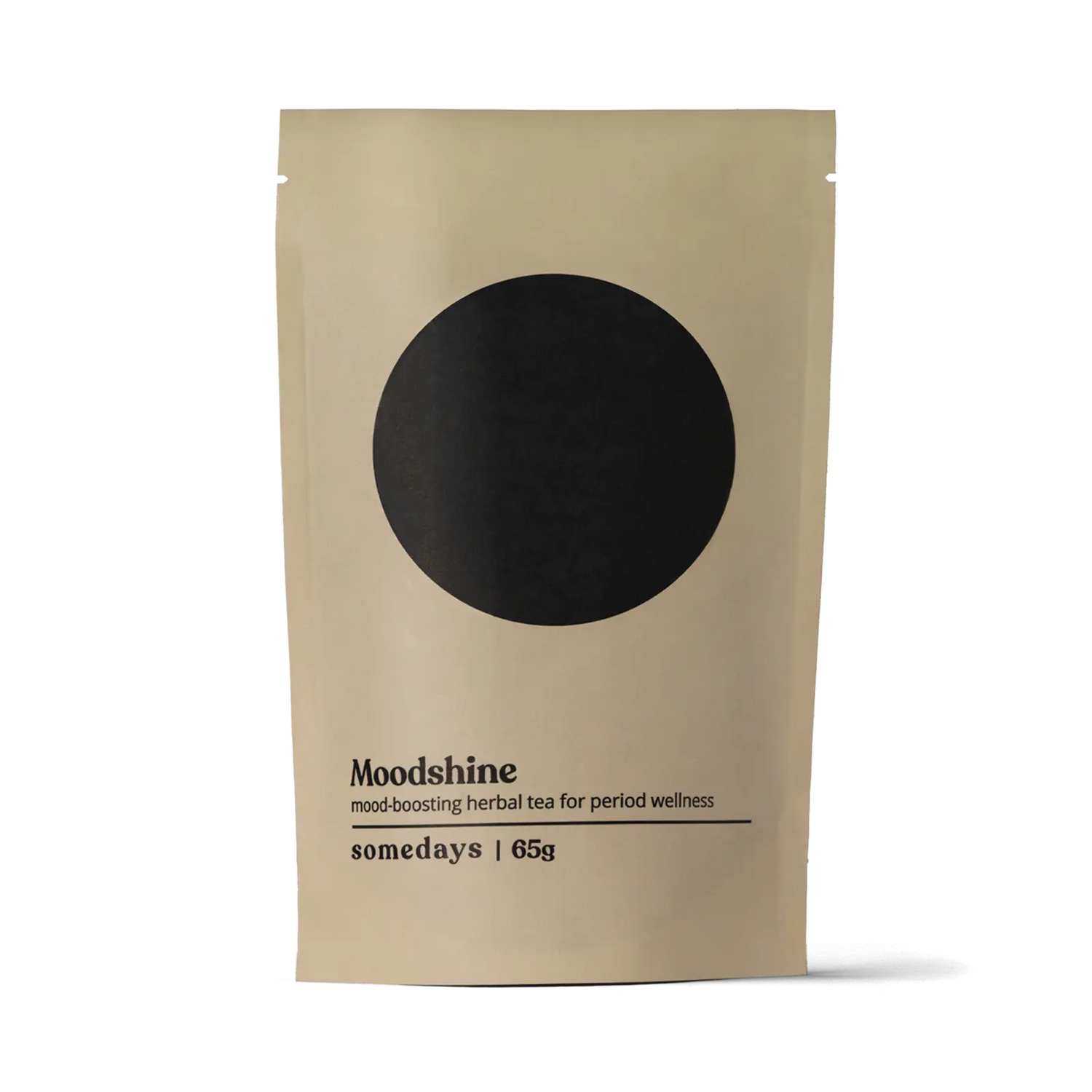What Is Chronic Pelvic Pain?

Chronic pain is defined as pain of a certain part of the body that lasts for 3 months or longer. Chronic pelvic pain in particular is associated with menstrual cycles and can manifest through a variety of different conditions and disorders such as endometriosis, adenomyosis, and others.
The areas of the body that are most often impacted by chronic pelvic pain are the uterus, ovaries, cervix, vagina, vulva, bladder, bowel, hips, or the lower back.
Chronic pelvic pain can also lead to and is linked to other bodily dysfunctions such as irritable bowel syndrome and chronic fatigue syndrome as well as mental dysfunctions such as generalized anxiety disorder and major depressive disorder.
Needless to say the reality of those living with chronic pelvic pain is one of debilitating and disabling symptoms that lasts well over 3 months.
And unfortunately due to a culture of devaluing female pain and resulting lack of resources allocated towards menstrual pain, people with chronic pelvic pain are often unable to access adequate support. The results of this is that not only is the percentage of people within reproductive age who actively struggle with chronic menstrual pain is incredibly high, there are little to no long term effective, sustainable solutions.
Some research suggests that as many as 20% or 1 in 5 women have chronic pelvic pain, but the numbers are most likely much higher. Globally, most individuals experience severe pain symptoms for over two years before seeking medical care and then struggle to receive an accurate diagnosis for almost 7 years.
Worst of all even after diagnosis, the goal for individuals who are diagnosed with a chronic pain related disease or condition is simply to reduce or better manage pain. Eliminating pain completely is not a viable option and many are left to suffer extensively for years.
This may sound grim but there are many ways that people with menstrual pain are able to access the support they need in order to live a better quality of life.
Chronic Pelvic Pain Examples
Some types of menstrual related chronic pain conditions are endometriosis, adenomyosis, uterine fibroids, and pelvic congestion syndrome. People who are impacted by these disorders are not only in pain during their period but throughout their menstrual cycle. For some the pain can be so constant that it prevents them from completing daily activities such as working, visiting with family or friends, or simple household chores.
Each condition impacts a different aspect of the reproductive system in is own way at a different capacity however understanding each of them is important to moving towards better chronic pelvic pain related health literacy:
-
Endometriosis is a condition where endometrial tissue that lines the inside of the uterus is found on other areas in the body such as on the ovaries, or the lining of the pelvis. These endometriosis lesions cause chronic pain and inflammation in some individuals that results in severe symptoms such as pain and cramping throughout the month, painful periods, and more. Other individuals with endometriosis may not have any symptoms and so are not in pain but have trouble with fertility and pregnancy.
-
Adenomyosis is a condition where the cells from the inside of the uterus are located in cells that make up the uterine wall. The abnormally located cells can result in an inflamed and even enlarged uterus due to localized clustered or scattered spots. The symptoms associated with adenomyosis are painful periods, heavy bleeding and intense bloating due to the inflamed uterus.
-
Uterine fibroids is a condition where tumors (non cancerous) grow on the uterus. Symptoms for people who have fibroids include severely heavy and painful periods, as well as intense pressure in the abdomen at any time. Those with uterine fibroids are also more likely to have complications during pregnancy and labour and overall issues with fertility.
-
Pelvic congestion syndrome is a less common type of chronic pain that’s main symptom is pelvic pain. For those with this syndrome the pain worsens during or surrounding intercourse, menstrual periods, or physical activity. It occurs when varicose veins around the ovaries begin having issues and stop working normally. The blood backs up and the veins become “congested”.
Chronic Pelvic Pain Diagnosis
It can be difficult for someone to get an accurate diagnosis if they struggle with chronic pelvic pain. In order for doctors to determine what exactly is happening with pelvic pain they will most likely have to engage in pain mapping and sequencing through internal pelvic exams and ultrasounds to locate problem areas.
However, because menstrual pain is misunderstood, devalued, disregarded within medical systems, people with chronic menstrual pain often have to convince their physicians that their pain is abnormal in order to access these tests.
In Canada specifically it takes an average of 5.4 years for people to be diagnosed with endometriosis which accurately encapsulates the unmet need for more awareness of menstrual pain issues in our societies.
The lack of resources forces many people who believe that they might have chronic pelvic pain to self diagnose and teach themselves how to manage their pain through online resources. Chronic pelvic pain online communities have truly joined together and orientated themselves to support each other in all the ways they can to make up for the gaps in medical systems.
Chronic Pelvic Pain Management
While there may not be one steadfast, all inclusive solution for people struggling with chronic pelvic pain, taking a holistic, integrative approach to pain management can help anyone achieve a higher quality of life.
People with chronic pain have seen the best success with less pain by using a combination of treatments such as physiotherapy, medications, surgery, natural products, and diet and exercise regimens to treat their symptoms. The positives for taking a widely diverse approach to pain management is that it supports different conditions as well as a variety of symptoms depending on the day of the month.
The most effective solutions when it comes to managing your chronic pelvic pain is creating a system that works specifically for you. Everyone's journey will be unique and there is no one singular way for any one person to heal.
Previous Article All Articles Next Article
All ArticlesBetter Cycle Kit
A modern approach to traditional self-care practices, designed to support your body's natural rhythms and provide relief from period discomfort.
This comprehensive kit includes:
- Belly Jelly Castor Stick (25g): Apply to your abdomen to promote relaxation and well-being.
- Bamboo Belly Band: Secure the castor application comfortably in place.
- Flaxseed Heatpad with Custom Embroidered Cover and Carrying Case: Provides soothing warmth to ease discomfort.
Includes: Belly Jelly Castor Stick 25g, Bamboo Belly Band, Zip Pouch, Flaxseed Heatpad, Custom Embroidered Cover, Heatpad Carrying case
$132.00
ADD TO CART



